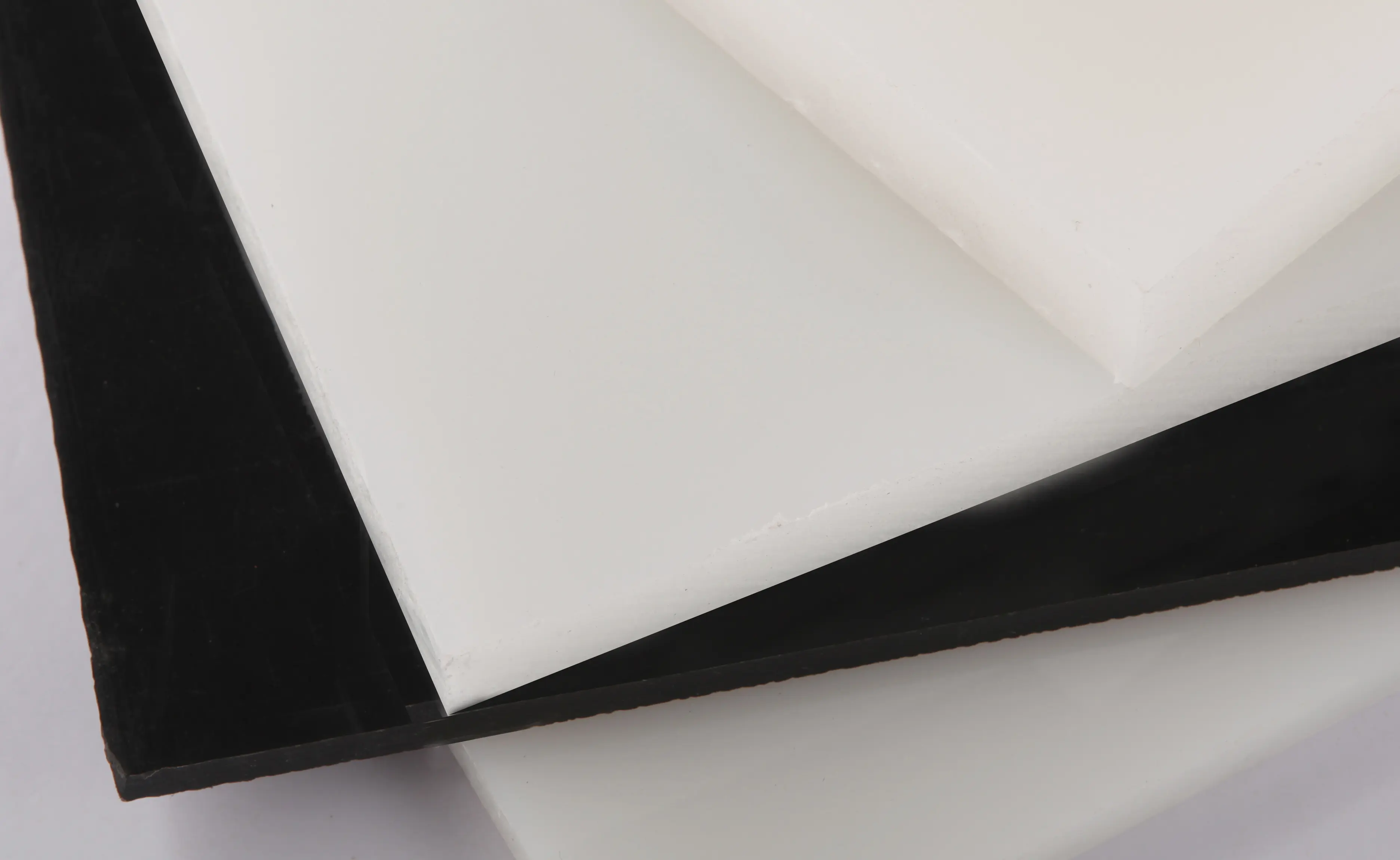Aug . 16, 2024 16:51 Back to list
Essential Guide to Understanding Pipe Fittings for Various Applications
Understanding Pipe Fittings An Essential Component in Plumbing and Construction
Pipe fittings are crucial elements in various piping systems used in construction, plumbing, and industrial processes. They are the components that connect, redirect, or terminate the flow of liquids and gases within different systems. Understanding the types, purposes, and standards of pipe fittings is essential for anyone involved in these industries.
Types of Pipe Fittings
There are several types of pipe fittings, each serving a specific function. Some of the most common types include
1. Elbows These fittings allow for the change of direction in piping. Typically available in angles of 90 degrees and 45 degrees, elbows are essential for routing pipes when space constraints or specific flow paths are required.
2. Tees A tee fitting connects three sections of pipe, allowing for a branch line to take off from a main line. This is particularly important in systems where multiple outlets or connections are necessary.
3. Couplings Couplings are used to connect two straight pieces of pipe. They are available in various styles, such as slip couplings and threaded couplings, depending on the type of joint required.
4. Reducers These fittings help to transition from a larger pipe diameter to a smaller one, or vice versa. They are essential in applications where the flow rate must be controlled.
5. Caps and Plugs Caps are used to seal the end of a pipe, while plugs perform a similar function, typically used in threaded pipe systems. These fittings are crucial for maintaining the integrity of a piping system during testing or when isolating sections of the pipeline.
Materials Used in Pipe Fittings
pipe fittings

Pipe fittings can be made from a variety of materials, including
- Metal Copper, brass, and stainless steel fittings are commonly used due to their strength and ability to handle high pressure and temperature.
- Plastic PVC, CPVC, and PEX are popular choices for residential plumbing systems. They are lightweight, resistant to corrosion, and easy to install.
- Cast Iron Traditionally used in waste and drainage systems, cast iron fittings are durable and provide excellent sound insulation.
The choice of fitting material often depends on the application, environmental conditions, and compatibility with the fluids being transported.
Standards and Sizing
Pipe fittings are manufactured according to various standards to ensure compatibility and safety. Common standards include ANSI, ASTM, and ISO. These standards dictate the dimensions, quality, and testing requirements of fittings. It’s essential to match the fitting size with the corresponding pipe size to ensure a proper fit and optimal flow performance.
Conclusion
In summary, pipe fittings are indispensable components in any piping system, providing functionality and efficiency. They come in various types, materials, and sizes, each serving a specific purpose in the distribution of fluids and gases. Whether you are a professional plumber, engineer, or DIY enthusiast, understanding pipe fittings and their applications is vital for the successful installation and maintenance of plumbing systems. Investing in quality fittings and ensuring they meet the right standards can significantly impact the durability and reliability of a piping system. Thus, a thorough comprehension of these components is paramount for anyone in the industry.
-
High-Quality PPR Pipes and Fittings Durable ERA PPR & PVC PPR Solutions
NewsJul.08,2025
-
Black HDPE Cutting Board - Durable, Non-Porous & Food Safe HDPE Plastic Cutting Board
NewsJul.08,2025
-
High-Quality CPVC Panel Durable HDPE & PVC Panels Supplier
NewsJul.08,2025
-
Double PE Welding Rod Supplier - High Strength, Durable & Versatile Welding Solutions
NewsJul.07,2025
-
High-Quality PVC-O Pipe Supplier Durable 75mm PVC Pipe & Connections Leading PVC Pipe Company
NewsJul.07,2025
-
HDPE Drainage Pipe Supplier – Durable & Corrosion-Resistant Solutions
NewsJul.06,2025

